Things To Do in Normandy in March
What there is to do in March in Normandy depends very much on when Easter falls. In years when Easter is in March, the majority of tourist attractions will open. Easter Sunday 2024 is not until 31st March but this doesn’t mean that a visit in March is a bad thing. In fact it’s the perfect time to take advantage of a quieter out-of-season visit.
Here are my recommendations of things to do in March in Normandy. There are also some links to blog articles.
Visit A D-Day Site
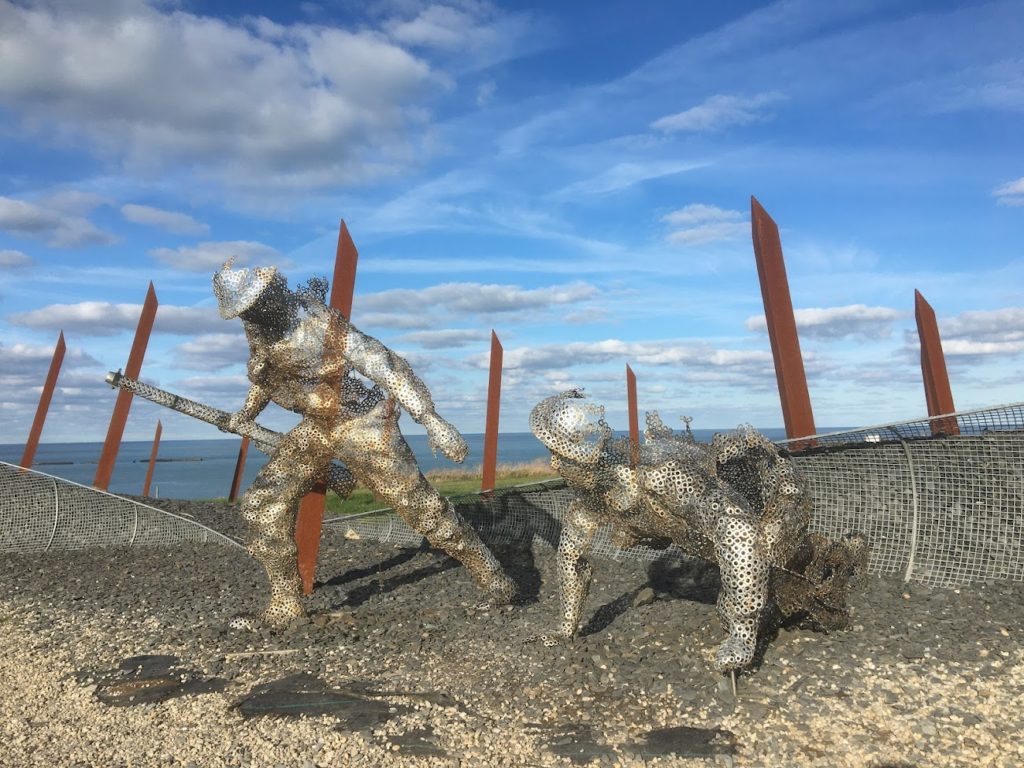
Whether you opt to visit a cemetery, a memorial, a landing beach or a museum, there are plenty to choose from. They are dotted across La Manche and Calvados regions so having a plan or what you want to see will ensure you make the most of your visit. You can use this D-Day map to discover the main sites. Generally a museum can be a good option in case the weather is a little changeable.
Indulge In A Spot Of Culture
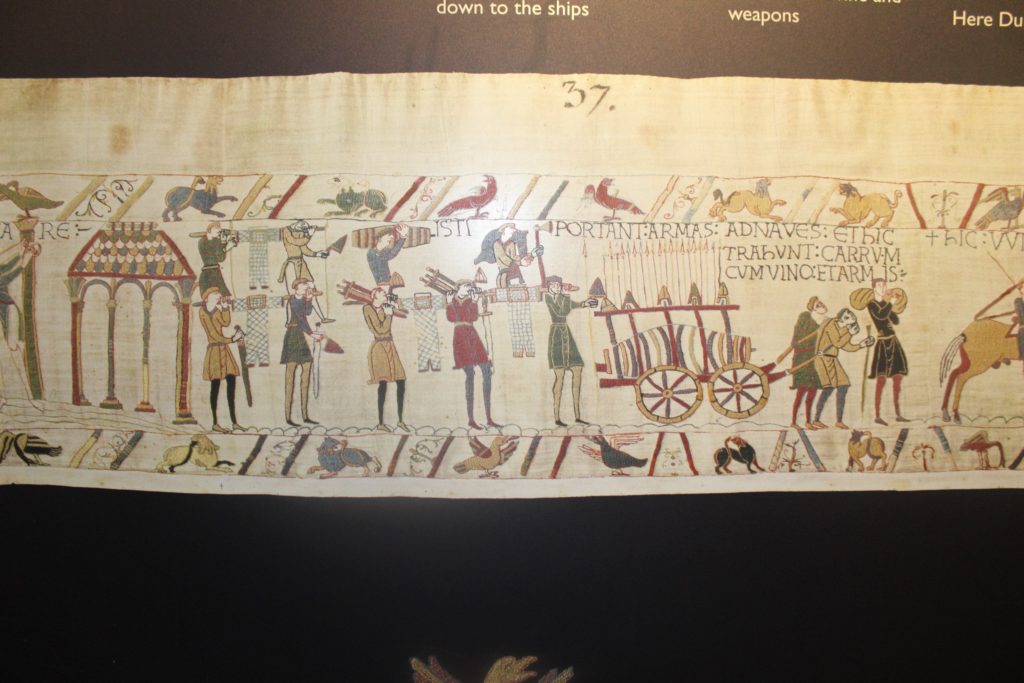
It’s been announced that the museum hosting the Bayeux Tapestry will be closing at the end of summer 2025. A new museum will re-open in 2027 but demand to see the tapestry is expected to be high throughout 2024 and 2025. Other cultural opportunities you might like to consider include visiting an art exhibition or a trip to a museum.
Discover Caen
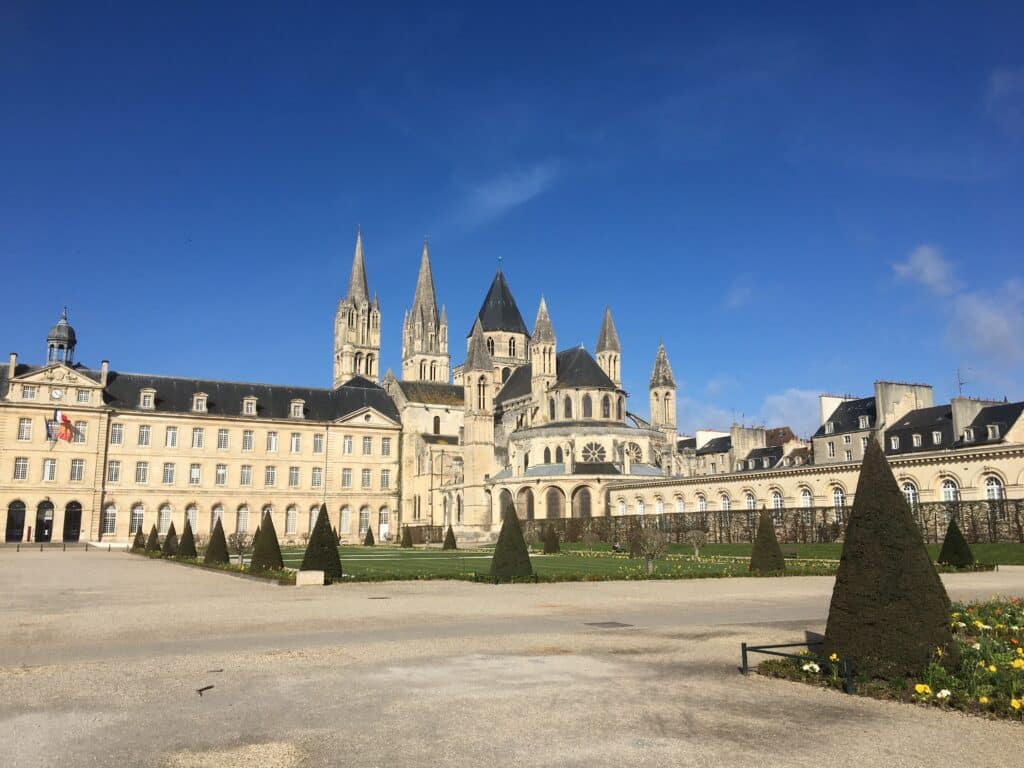
The port city is the capital of the Calvados region and an eclectic mix of old and new. A castle, two abbeys, numerous churches, cobbled streets and half timbered houses reflect the history of the city. This contrasts with wide pedestrian streets filled with a wide variety of shops, restaurants and bars.
Shopping And Restaurants
If you enjoy shopping, then you have plenty of choice. In the centre of the city there are department stores including Galeries Lafayette, Printemps and Monoprix. The surrounding streets have a mix of independent and chain stores. There are also a number of indoor shopping centres including Les Rives de l’Orne and Centre Commercial Paul Doumer. Further out are two outdoor shopping centres called Mondevillage and Mondeville 2 that are fairly close to each other.
You will find restaurants, bars, bistros and cafes dotted amongst the shops with a good many of them being independents. Vaugueux is one of Caen’s oldest districts and is very close to the castle. Rue Montoir Poissonnerie and Rue du Vaugueux are full of a a wide range of eateries.

Castle
Le Château de Caen was built around 1060 by William the Conqueror and is one of the Europe’s largest medieval fortresses of Western Europe. It was in use as barracks as late in the Second World War although some of it is ruined. Part of the castle is home to the Musée des Beaux-Arts de Caen (Museum of Fine Arts ). The former Governor’s House is now the Musée de Normandie (Museum of Normandy). Other buildings on the site include the St George church, the Exchequer Hall, the remains of the old palace and the also the castle keep. You can also walk along part of the ramparts which will afford you fabulous views of the city. Caen Castle was one of William’s favourite royal residences and was also favoured by his successors.
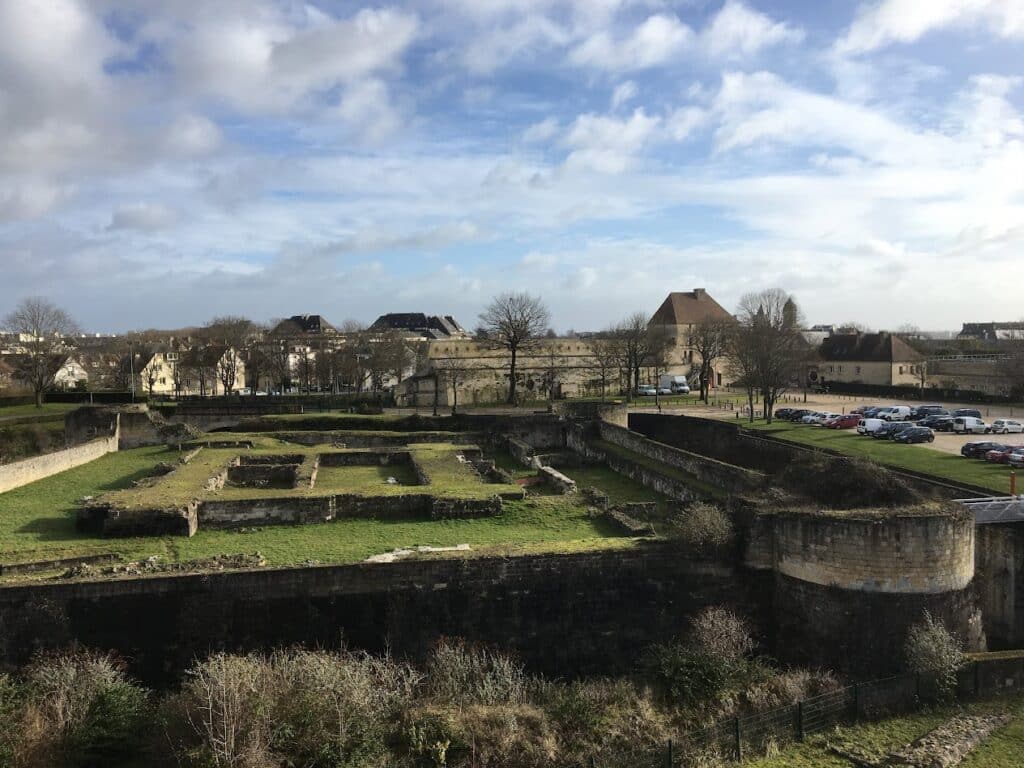
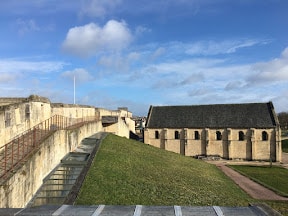
Abbeys
In repentance for marrying his cousin Matilda of Flanders, William commissioned the building of two abbeys.
- The Abbaye aux Hommes (Men’s Abbey) is also known as l’abbaye Saint-Étienne. It was completed in 1063 and comprised a magnificent church and various abbey buildings. The abbey buildings have been used for various purposes over the centuries and currently house the Hôtel de Ville (town hall). William chose to be buried in the church and you can visit his tomb.
- The Abbaye aux Dames (Women’s Abbey) is also known as Eglise de la Ste.-Trinité. It was completed in 1060.
Other buildings of note include l’Église Saint-Pierre opposite the castle, a renaissance mansion called the Hôtel d’Escoville, Église Saint-Étienne-le-Vieux, Église du Vieux Saint-Sauveur, Église Saint-Sauveur.
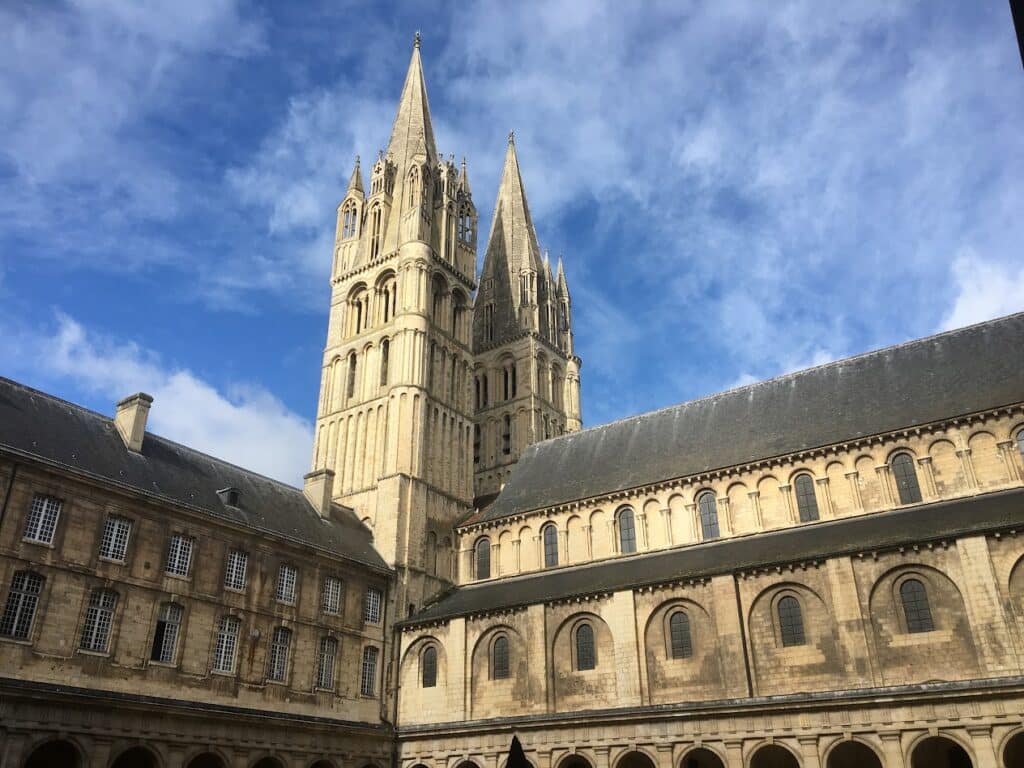
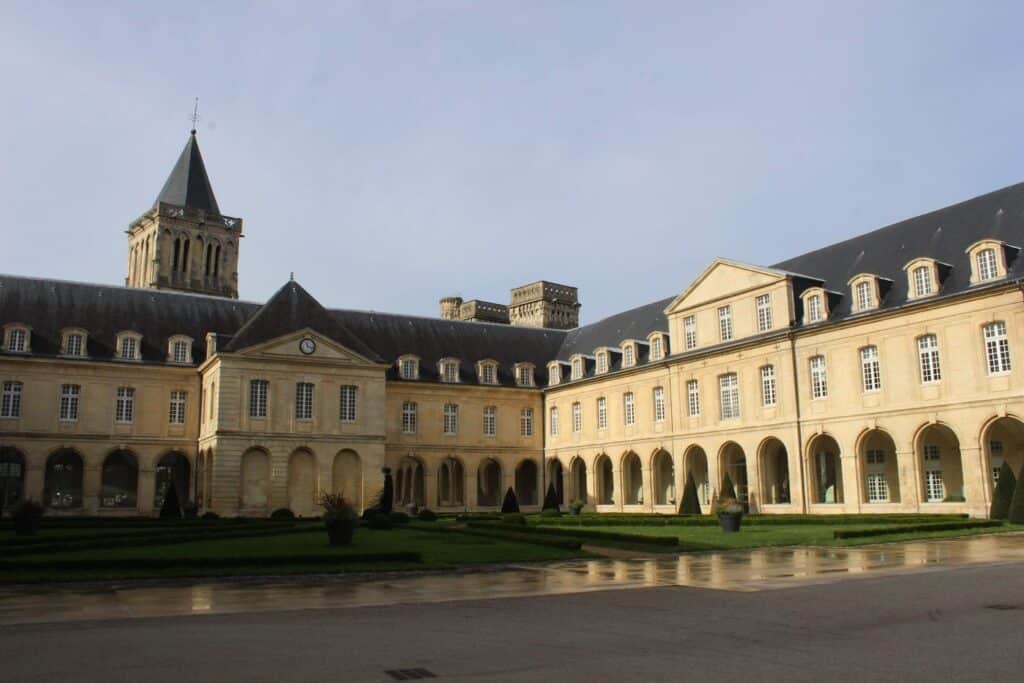
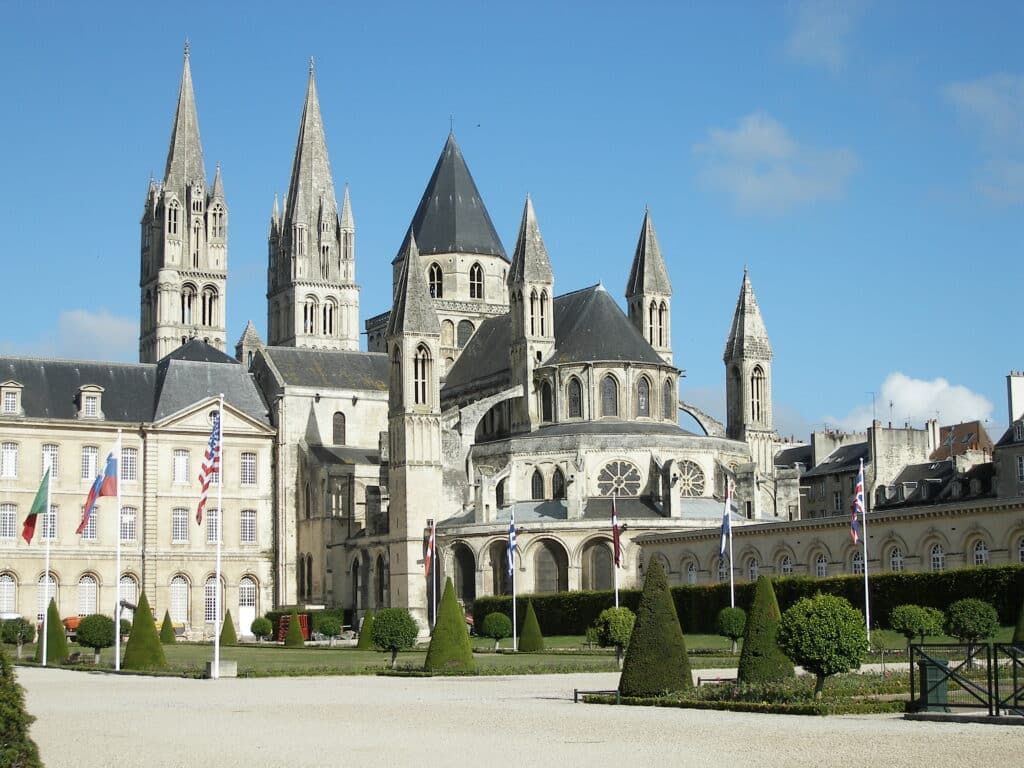
Other Attractions
Parc Festyland is an amusement park on the western outskirts of the city. However, if you prefer nature then the landscaped park called Colline aux Oiseaux or the Jardin des Plantes which is the city’s botanical garden might appeal. In contrast the Mémorial de Caen is a museum commemorating World War 2 and the Battle for Caen. It focusses on the history of the twentieth century and the fragility of peace. It’s built on top of an underground bunker used by General Richter and his German troops during the later part of the occupation.
.
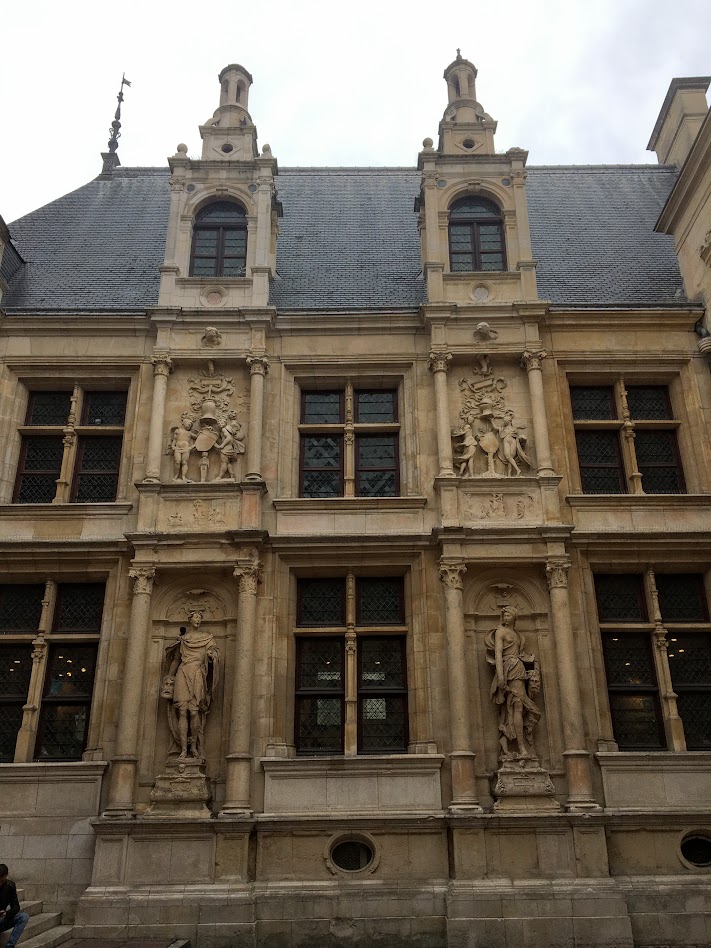
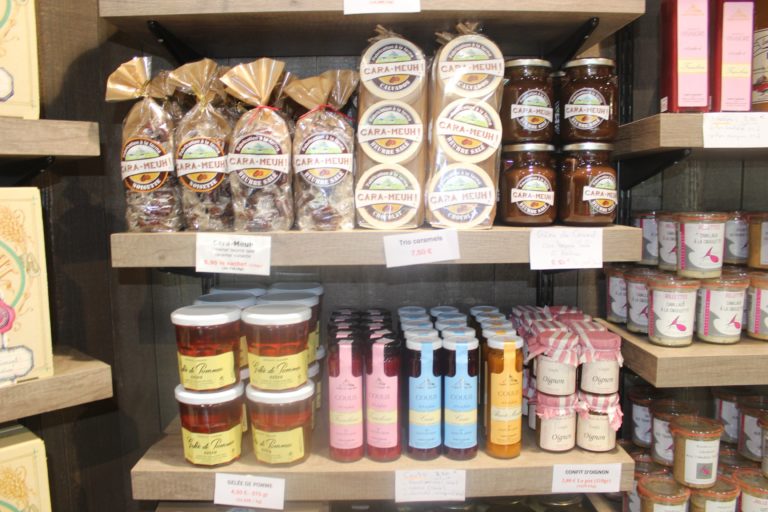

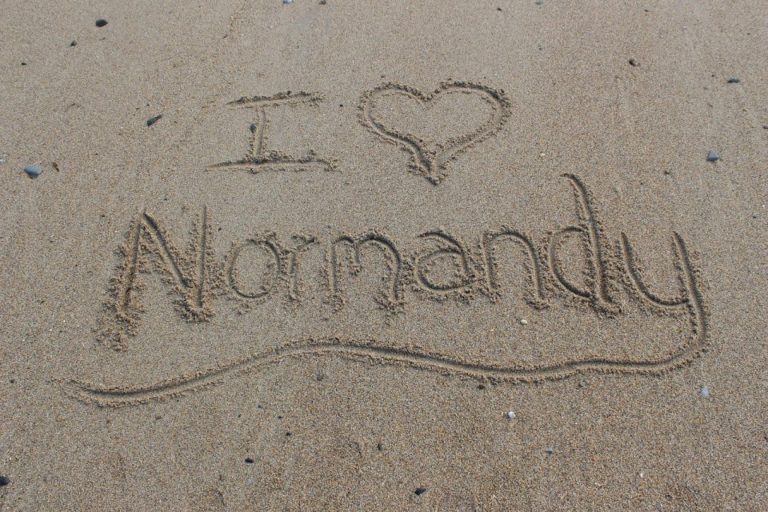
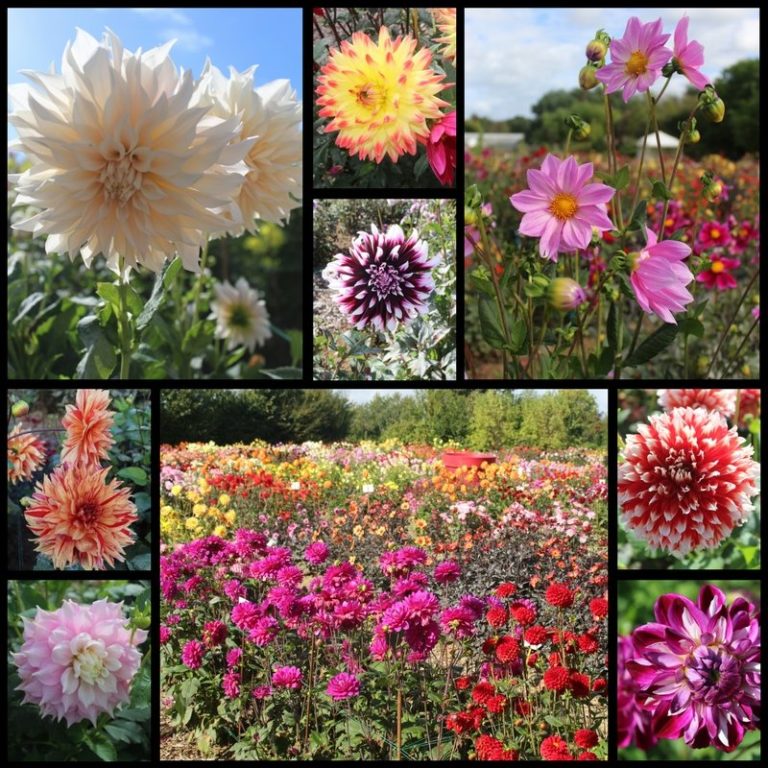

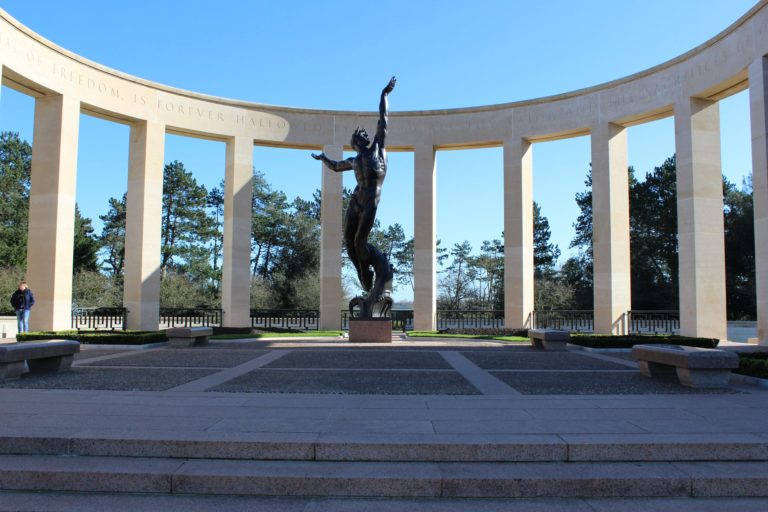
Goodness me, there’s such a lot that would keep me interested in the area. I must do more than just pass through one of these years.